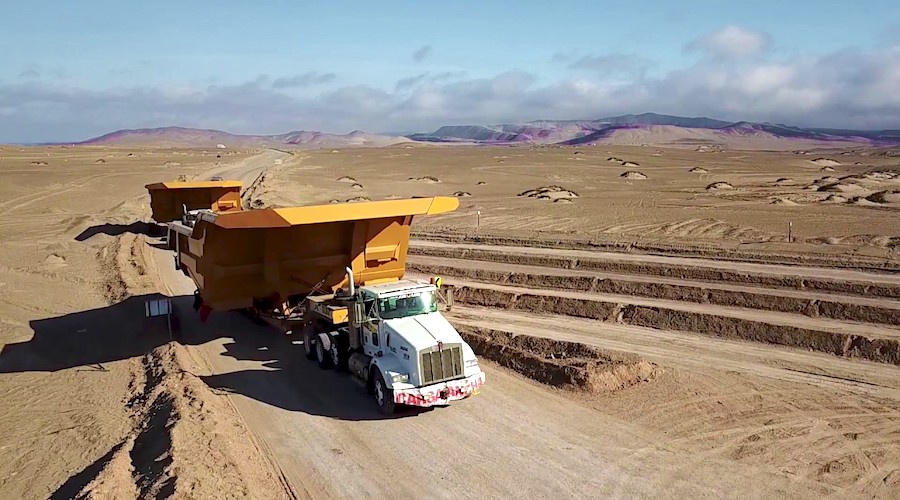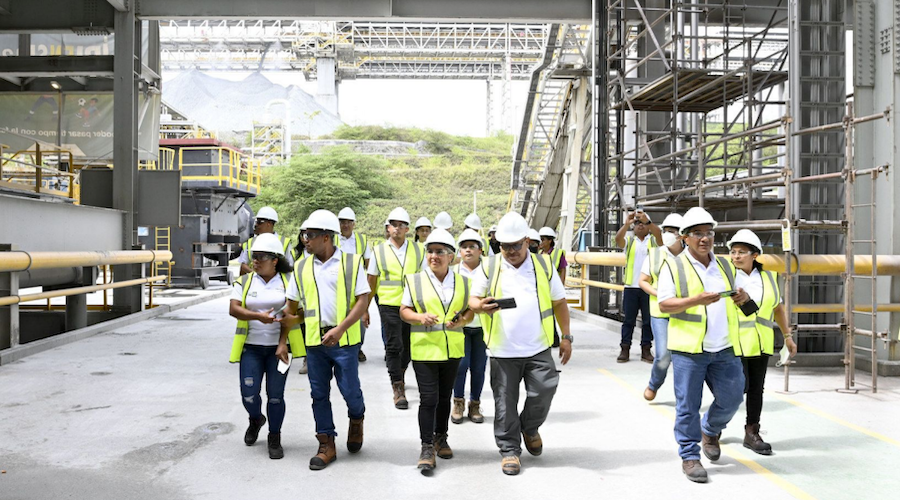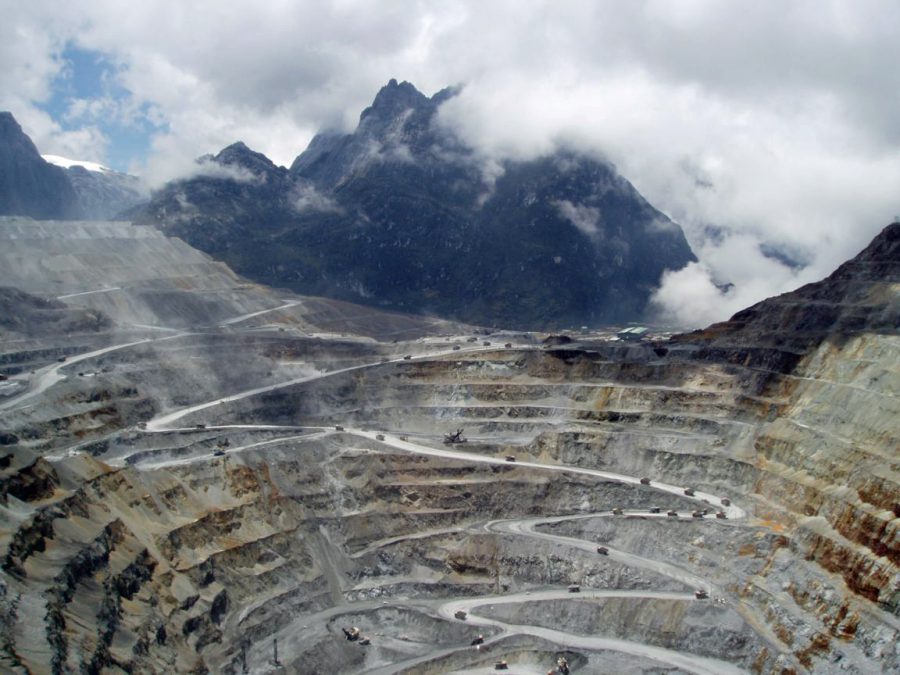Peru copper output up almost 7% despite social unrest

Copper output in Peru, the world’s second largest producer after Chile, increased almost 7% to 2.3 million tonnes in 2021 despite several protests that paralyzed some of the country’s key operations.
According to the latest report by the Ministry of Energy and Mines of Peru (MINEM), precious metals output also increased last year, with gold production rising 9.7% and silver growing by 21.5% in 2021.
The increase in copper and silver output was due partly to the beginning of operations of Marcobre’s $1.6 billion Mina Justa open pit mine in July.
Around 80% of copper production, Peru’s main export, came from Antamina (20%), Southern Copper (17.3%), Cerro Verde (18.2%), Las Bambas (12.6%) and Chinalco (10.3%).
The top gold producing operations last year were Minera Poderosa and Minera Yanacocha, the report shows.
Protests against mining companies have skyrocketed since President Pedro Castillo took office in July.
The socialist leader swept to power pledging to strike a new deal with the copper mining sector and redistribute profits to Andean communities like those around Antamina, MMG’s Las Bambas and Glencore’s Antapaccay.
The country’s national society of mining, oil and energy, an industry body, said most protesters demanded measures to restrict mining in the headwaters of a basin, ignoring that such areas are already protected by the water resources law.
Supply concerns
Social unrest in the nation’s mining areas deepened global concerns around a looming deficit of copper, considered a key metal in the world’s transition to greener technologies.
RELATED: Resource nationalism sweeps Latin America’s top mining countries
According to estimates from CRU Group, the copper industry needs to spend more than $100 billion to close what could be an annual shortage of 4.7 million tonnes by 2030.
Used in everything from construction materials to batteries and engines, copper is both an economic bellwether and a key ingredient in the push toward renewable energies and electric vehicles.
If producers fail to address the deficit, prices will keep rising and present a challenge to the world leaders, who are counting on a worldwide energy transition to fight climate change.
More News
First Quantum pulls back from arbitration on Panama copper mine
Signals potential for more negotiations with the nation over the Cobre Panama mine that’s been shuttered for more than a year.
March 31, 2025 | 04:30 pm
Freeport-McMoRan lowers first-quarter gold sales forecast
The company said it expects first-quarter gold sales to be roughly 100,000 ounces below its prior forecast of 225,000 ounces.
March 31, 2025 | 03:41 pm
{{ commodity.name }}
{{ post.title }}
{{ post.excerpt }}
{{ post.date }}



Comments